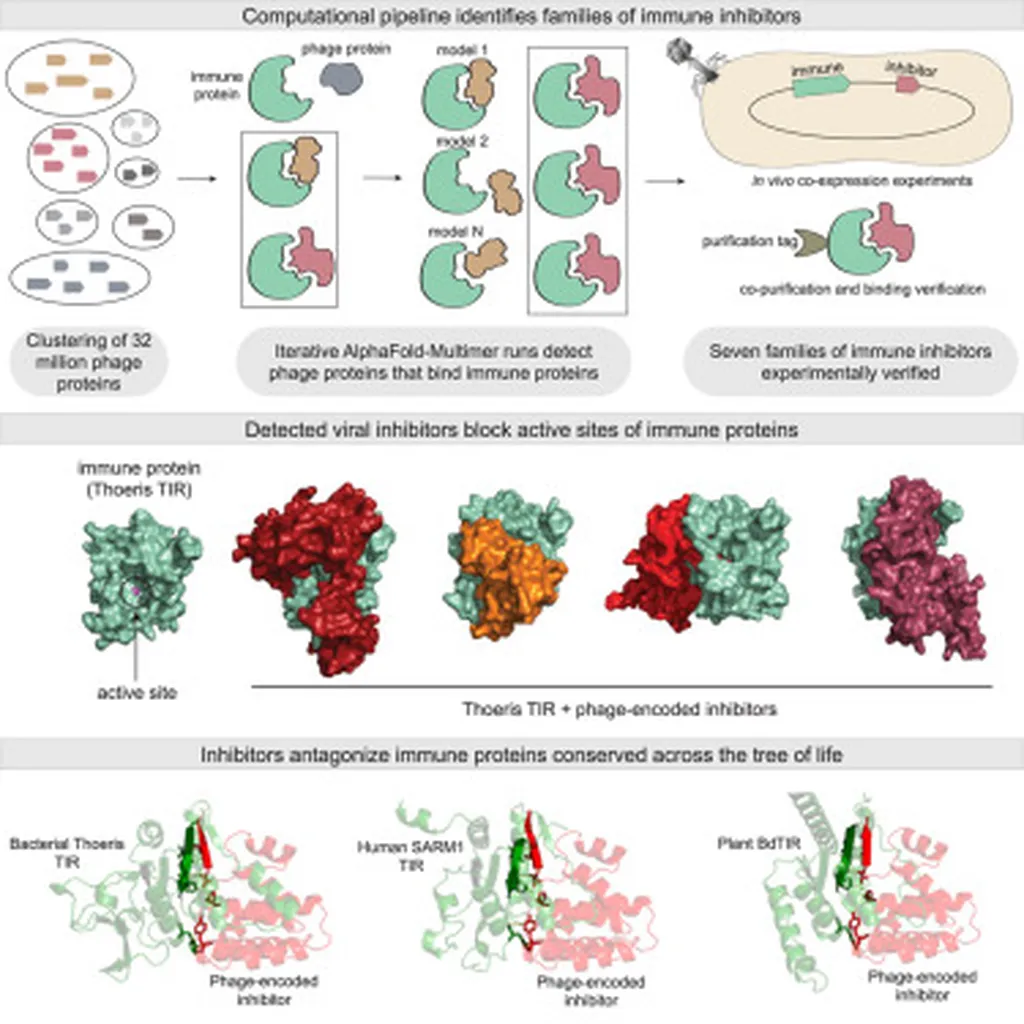In the intricate dance between viruses and their hosts, a new study published in *Advanced Science* reveals a sophisticated counter-defense mechanism that could reshape our understanding of viral pathogenesis and open new avenues for agricultural innovation. The research, led by Shiyu Zhai from the State Key Laboratory of Crop Stress Biology for Arid Areas at Northwest A&F University, sheds light on how the Cryphonectria hypovirus 1 (CHV1) manipulates its fungal host, Fusarium graminearum, to evade antiviral defenses.
At the heart of this study is the viral protein p29, which acts as a master manipulator of the host’s redox homeostasis. “We found that p29 directly interacts with and inhibits the fungal NAD(P)H-dependent FMN reductase 1 (FMR1),” explains Zhai. This inhibition leads to a surge in reactive oxygen species (ROS) levels, a condition that the virus exploits to trigger autophagy—a cellular process that degrades and recycles cellular components. The twist? This ROS-induced autophagy selectively targets and degrades two critical components of the host’s antiviral RNA silencing system: Dicer-like 2 (DCL2) and Argonaute-like 1 (AGL1).
The implications of this discovery are profound, particularly for the agriculture sector. Fusarium graminearum is a notorious pathogen that causes Fusarium head blight in wheat and other cereals, leading to significant crop losses worldwide. Understanding how CHV1 manipulates its host’s defenses could pave the way for novel biocontrol strategies. “By targeting the p29 protein or the autophagy pathway, we might be able to disrupt the virus’s ability to evade the host’s immune response,” suggests Zhai. This could lead to the development of more effective antiviral treatments or even genetically modified crops with enhanced resistance to viral infections.
Moreover, the study highlights the intricate interplay between oxidative stress, autophagy, and RNA silencing—a tripartite relationship that viruses like CHV1 exploit to optimize infection. This knowledge could inspire new research directions in plant pathology and virology, fostering a deeper understanding of host-pathogen interactions and potentially leading to breakthroughs in disease management.
The commercial impact of this research could be substantial. Agriculture is increasingly turning to biotechnology to combat pests and diseases, and insights like these could drive the development of innovative solutions. From viral-derived biopesticides to CRISPR-based crop modifications, the possibilities are vast. As the global population grows and climate change exacerbates agricultural challenges, such advancements will be crucial in ensuring food security.
In the words of Shiyu Zhai, “This work provides a model for how viruses coordinately regulate distinct host defense systems to optimize infection.” By unraveling these complex mechanisms, researchers are not only expanding our scientific knowledge but also laying the groundwork for a more resilient and sustainable agricultural future.

